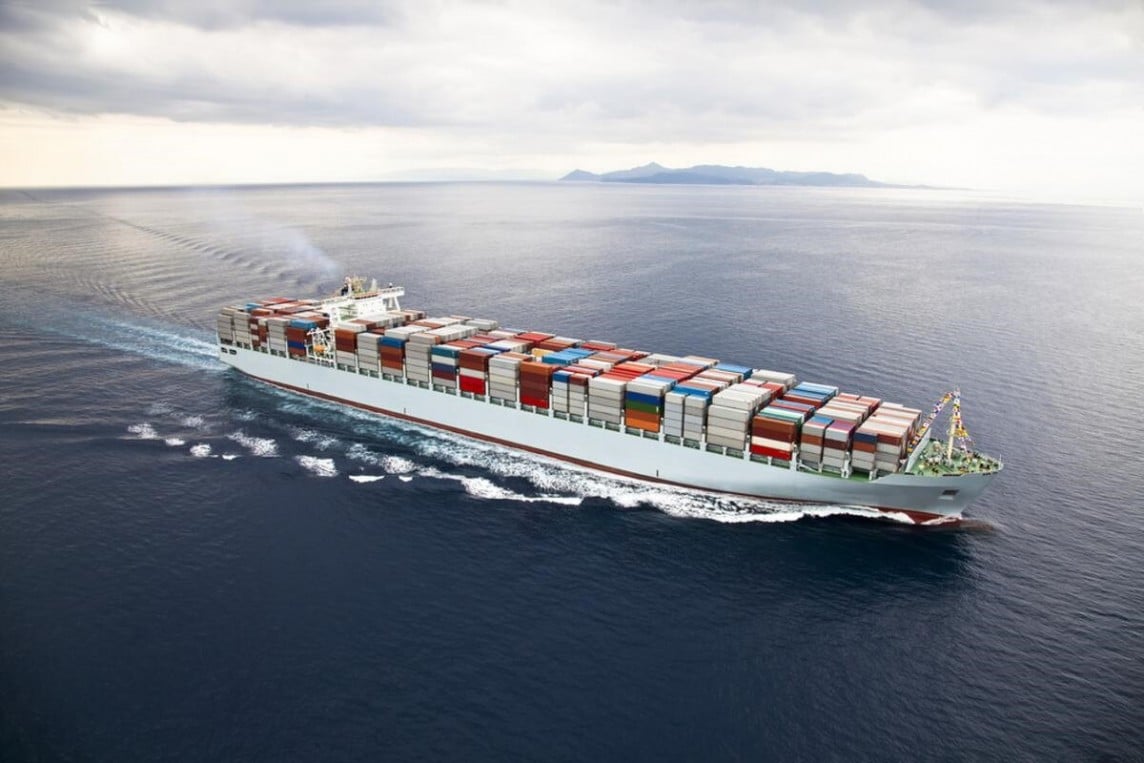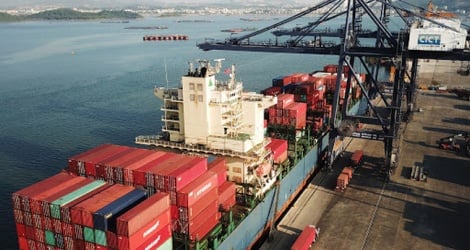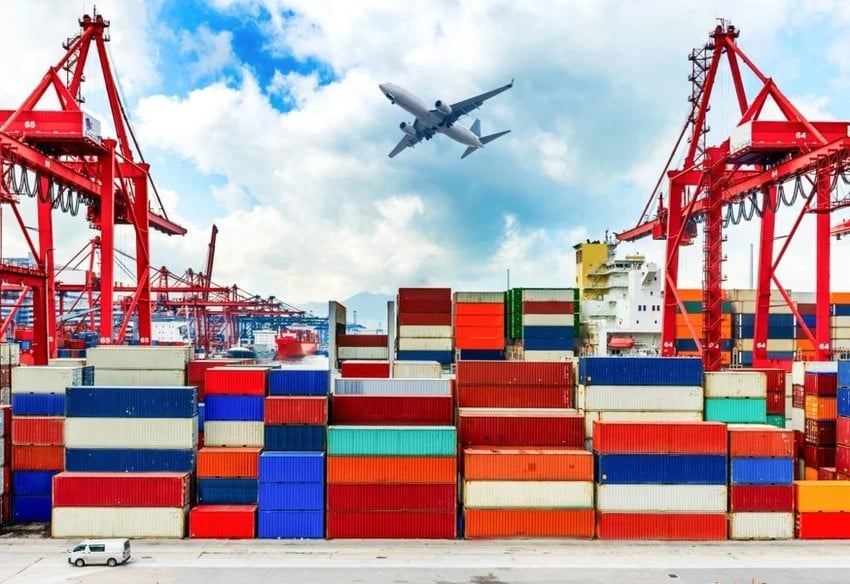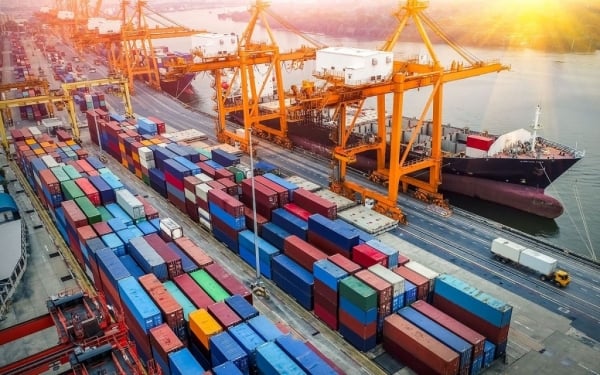After Iran-aligned Houthi rebels fired missiles at ships heading toward the Suez Canal, shipping rates more than doubled from about $1,200 per trip in 2023 to a peak of $3,400 in January.
That’s according to the Freightos shipping index, which tracks spot rates for 40-foot containers on 12 major trade routes. Prices fell back in March and April, but have since recovered since May, reaching $4,500, three times their pre-crisis level.
On the surface, the recent spike in shipping costs is odd. The traditional peak season for exporters filling Christmas orders is coming to an end. And unlike the pandemic aftermath in 2021, when freight rates soared to nearly $12,000, requiring enough vessels to actually be available, the industry has struggled to absorb the record number of new vessels ordered to cope with Covid-era disruptions.
 |
| Red Sea crisis sends shipping prices and times soaring again |
New container ship deliveries will add a record 2 million twenty-foot equivalent units (TEU) of capacity in 2023, according to AXSMarine analyst Jan Tiedemann. Another 3 million TEUs will be added this year and another 2 million TEUs in 2025.
Still, freight rates are rising. One is the cyclical recovery of the global economy. Global manufacturing output accelerated at its fastest pace in 22 months in May, according to the S&P Global Manufacturing Purchasing Managers’ Index. Combine that with major port strikes that have hit Germany and France and could also hit the U.S. East Coast and Gulf of Mexico, and freight rates would have been under upward pressure even if the other two unusual factors hadn’t come into play.
Some of the unusual dynamics may be due to exporters trying to speed up shipments to avoid what they fear is increasingly protectionist trade policy. In May, US President Joe Biden announced a sharp increase in tariffs on $18 billion in Chinese goods including electric vehicles, batteries, semiconductors, steel, solar panels and medical products.
With some of these measures expected to take effect as soon as August, the threat has sparked a race to prioritise Chinese exports and stockpiles for importers, according to analysts at CIB Research, a unit of Industrial Bank of China. Official data showed the US contributed to the biggest growth among developed markets in China’s goods exports in May. The trouble for exporters and importers is that geopolitical tensions could get worse.
US allies like the European Union are now under pressure to expand tariffs on Chinese electric vehicles. If Donald Trump is re-elected in November as the new US president, he may be inclined to do more. He imposed tariffs on $300 billion worth of Chinese goods during his previous term.
The final piece of the puzzle is the closure of the Red Sea. Sailing around Africa via the Cape of Good Hope adds two weeks to the journey for Asian cargo to the Mediterranean and Europe, meaning more ships are needed to maintain trade levels. With 1 million TEU of new ships arriving this year, the idle fleet rate has still fallen to 0.6%. That’s the lowest since around February 2022 and well below the normal healthy level of about 3%.
For shipping companies whose profits are closely tied to freight rates, this is helpful. The higher their exposure to spot prices, the better. Shares of $2 billion Israeli shipping company Zim Integrated Shipping Services, one of the first to shift away from the Red Sea and with about 65% of its contracts signed at spot rates, have risen more than 170% since mid-December.
Shares in Denmark’s Maersk rose just 15%, as its exposure to spot contracts is typically only about 35%. But with fixed contracts typically renegotiated twice a year and shippers often applying special surcharges, it’s hard to miss out on the windfall entirely.
Perhaps the noise about tariffs, economic recovery and port strikes that have boosted demand now will subside later this year. But more than six months after the Houthi attacks, shipping companies like Hapag-Lloyd show no signs of wanting to return to the Suez. Freightos estimates that freight rates on certain routes could rise as high as $9,000 in the coming months.
According to a new report published by supply chain visibility platform Project44, escalating conflict in the Red Sea region has disrupted international shipping routes, contributing to significantly increased transit times for the container shipping sector. Since the Yemen-based Houthi forces began attacking in November, hundreds of vessels from all major carriers have changed their routes to avoid the area.
The Suez Canal, one of the world’s busiest shipping routes, has seen an unprecedented drop in traffic, with an analysis of May 2024 figures showing a staggering 80% drop in voyages compared to May 2023. The report suggests that the trend is unlikely to reverse anytime soon, with the upcoming peak shipping season unlikely to spur a revival of carriers using the route.
As a result, carriers are taking alternative routes around Africa or through the Panama Canal, significantly increasing transit times. Container transit times for routes from China to Europe, Southeast Asia to Europe, and Southeast Asia to the US East Coast have been extended by an average of 10-14 days. Project44 said these transit times represent the “new normal” as carriers continue to avoid the Red Sea.
The fallout from the conflict has been felt across the United States and Europe, with overall transit times increasing by nearly two weeks. Despite initial schedule changes following the attacks, carriers have now adjusted to the new routes, with delays falling to four to eight days from their initial highs. Experts advise shippers to factor these additional transit days into their planning to ensure goods arrive in time for the high-demand retail season.
Source: https://congthuong.vn/khung-hoang-bien-do-khien-gia-va-thoi-gian-van-chuyen-tiep-tuc-tang-vot-328128.html



![[Photo] Moment of love: Myanmar people are moved to thank Vietnamese soldiers](https://vstatic.vietnam.vn/vietnam/resource/IMAGE/2025/4/3/9b2e07196eb14aa5aacb1bc9e067ae6f)
![[Photo] Special relics at the Vietnam Military History Museum associated with the heroic April 30th](https://vstatic.vietnam.vn/vietnam/resource/IMAGE/2025/4/3/a49d65b17b804e398de42bc2caba8368)
![[Photo] Prime Minister Pham Minh Chinh chairs meeting after US announces reciprocal tariffs](https://vstatic.vietnam.vn/vietnam/resource/IMAGE/2025/4/3/ee90a2786c0a45d7868de039cef4a712)
![[Photo] A brief moment of rest for the rescue force of the Vietnam People's Army](https://vstatic.vietnam.vn/vietnam/resource/IMAGE/2025/4/3/a2c91fa05dc04293a4b64cfd27ed4dbe)
![[Photo] General Secretary To Lam receives Japanese Ambassador to Vietnam Ito Naoki](https://vstatic.vietnam.vn/vietnam/resource/IMAGE/2025/4/3/3a5d233bc09d4928ac9bfed97674be98)

























































































Comment (0)